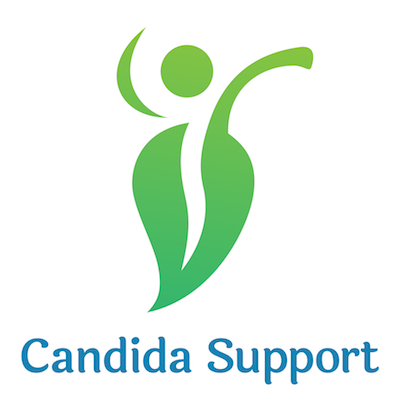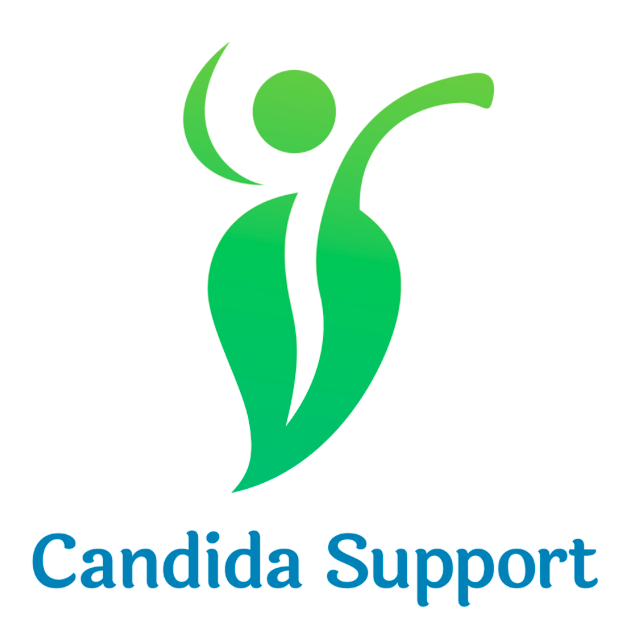What's the Best Diet for Managing Candida Overgrowth?
People often ask us to recommend the best diet for managing Candida overgrowth and keeping symptoms in check. As you may know, using our ThreeLac™ and Candizolv™ products eliminates the need for the super-restrictive “Candida Diet” (watch video on this subject), so that diet is NOT one we recommend. And, we do recommend sticking to a healthy diet.
But what exactly does a healthy diet that supports the effective management of Candida Overgrowth look like?
Below, we talk about some popular diet plans and how they might fit into a Candida-free lifestyle.
Paleo Diet
The Paleo Diet is sometimes called the “ancestral diet”. Strict paleo adherents try to eat only what our hunter/gatherer ancestors might have rustled up for dinner: greens and veggies, nuts and seeds, wild fruit and berries, meat, especially wild game—no processed food, no grains. The diet is balanced, but still low carbohydrate.
Plus: Overall, paleo eating can be very healthy, with its emphasis on fruits and vegetables and recipe hacks to replace grains (for instance, using shredded cauliflower as "rice" or as the basis for pizza crust). The “paleo” philosophy espouses a lifestyle that includes more exercise (especially outdoors), less time with electronics, and a community/local emphasis.
Caution: Many paleo cookbooks feature “healthy” desserts, sweetened with maple syrup or honey. While they probably are healthier than something sweetened with high fructose corn syrup or refined white sugar, to your body, it is still sugar. Best to think of them as an occasional treat.
Mediterranean Diet
Scientists have championed this diet based on the fare enjoyed by residents of Crete, Greece, and Southern Italy because these individuals show low rate of heart disease, chronic disease, and obesity. The diet focuses on whole grains, good fats (fish, olive oil, nuts etc.), vegetables, fruits, fish, and very low consumption of any non-fish meat.
Plus: Like the Paleo Diet, this is based on unprocessed, healthy fare, but includes whole grains and less animal protein. It includes a philosophy emphasizing time eating with family and physical activity, like leisurely after-dinner walks to visit with neighbors.
Caution: It’s all about proportion. Instead of just eating what’s “allowed,” it is important to follow the guidelines of how often each food is enjoyed (see pyramid). Physicians and scientists now think that the relaxed and communal culture also contributes greatly to the success of this healthy diet.
Keto Diet
The Keto diet includes most of its calories from fat, some from protein, and very little from carbohydrates. “Allowed” foods are mostly meats and fat. This nutrient balance throws the body into “ketosis,” which makes it burn fat for energy, instead of carbs.
Plus:There is nothing in this diet that is aggravating to Candida overgrowth, and it burns excess pounds.
Caution: It seems to work best as a short-term kick-start for carbohydrate addicts to re-set their metabolism. Long-term benefits, not so sure, as it limits or eliminates a lot of important nutritional elements, like those found in fruits and vegetables. This is a diet best undertaken with medical supervision.
Vegetarian/Vegan Diet*
Many people are able to manage their Candida while on a vegetarian diet, especially with the help of ThreeLac™ & Candizolv™. The challenge is to get enough protein, especially if you chose to be a vegan (a vegetarian who also eliminates any animal products, including eggs, dairy products and honey). Vegetarian protein includes eggs, dairy, beans, some grains, nuts and seeds, soy products.
Plus: Some people feel healthier by eliminating meat from their diets. Others choose this course because they feel it is morally wrong to eat meat, and/or because they feel it lightens their footprint on the planet.
Caution:Getting enough protein, iron and folate can be an issue for people who don’t eat meat; vegetarians might want to consider taking a vitamin supplement to fill in those gaps. Many processed faux meat products contain sugar, soy, wheat and gluten, fillers and preservatives—but there are also healthier vegetarian alternatives—just be sure to read the labels.
*Pescatarian
Pescatarians follow a vegetarian diet except that they eat fish, but no meat or poultry. -
* Flexitarian
A flexitarian eats a vegetarian diet most of the time, and sometimes includes animal protein in his or her diet.
So, which diet for you?
See what makes sense to you and is doable. Try a dietary plan and note your Candida symptoms (or lack of them), your energy level, mood, and mental sharpness—all things indicative of whether or not that diet is a good fit for you. Maybe you can’t live without meat—or, you are horrified at the thought of eating meat. I've always felt that you can’t eat too many vegetables—but some people have trouble with foods in the nightshade family (potatoes, tomatoes, bell peppers, eggplant and tobacco). If that’s the case for you, head for green beans, broccoli, cauliflower and zucchini instead! I have developed a gluten sensitivity, so I’ve eliminated most grains—but I can’t live without my oatmeal once or twice a week! And that seems to work for me.
Also know that different diets may benefit you at different times in your life—even at different times of year. Some people chose to do a macrobiotic “cleanse” for a week in the Spring and Fall, a Keto diet for a month as a metabolic re-set to quit sugar, or a strict Paleo diet to start off their Candida treatment.
Whatever you choose, know that we are here to help you navigate recovery from Candida overgrowth. Download our free Candida Detox Recovery Guide to answer common questions on the journey!
Yours for Health and Healing,
Your Friends at Candida Support




